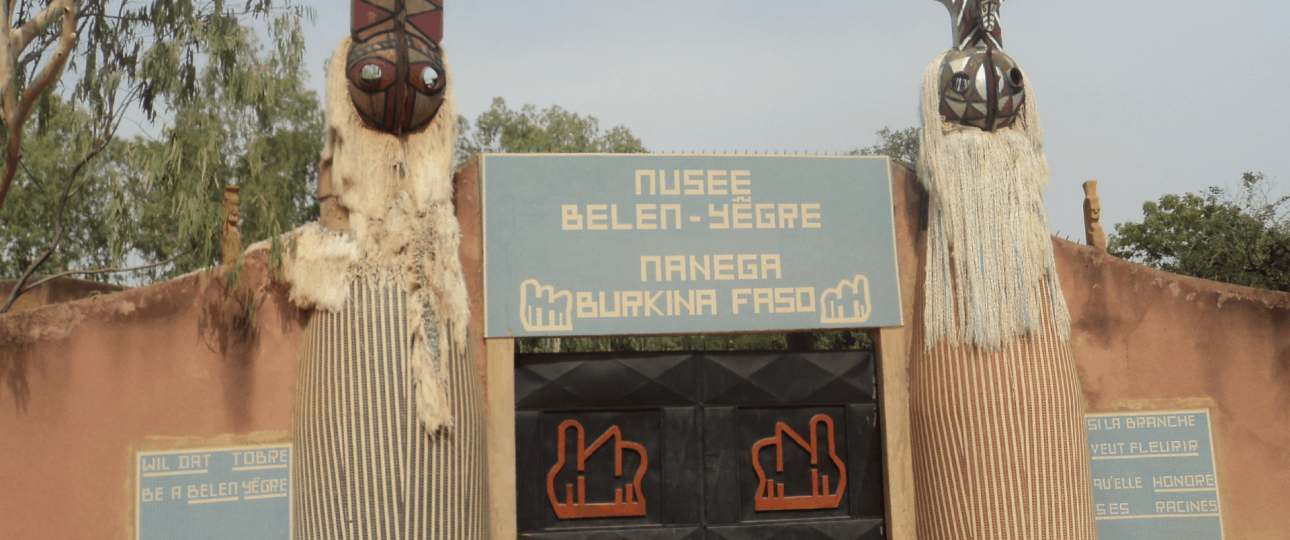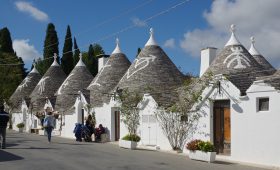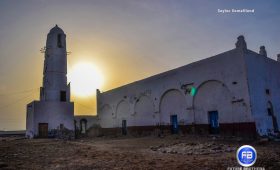Exploring Musée de Manega
In Burkina Faso, about 55 kilometers northwest of Ouagadougou, lies Musée de Manega. Founded by Frédéric Pacéré Titinga, this museum offers a deep dive into the cultural heritage of the Mossi people, the largest ethnic group in the country.
Understanding Mossi Culture
The Mossi people have a rich history, and Musée de Manega provides a window into their world. The museum’s collection includes intricate masks, ceremonial attire, and agricultural tools, each piece narrating a part of Mossi life. Notably, the museum houses the “Boura flutes” and around 40 funeral artifacts from the Niger Valley, dating from the 2nd to the 11th century.
Visitors can also see 200-year-old Mossi rifles, offering a glimpse into the historical conflicts and defense strategies of the Mossi people. The exhibits are thoughtfully curated, providing a comprehensive overview of Mossi culture and history.
Getting to Musée de Manega
Reaching Musée de Manega requires some planning. The museum is located in the village of Manega, about an hour’s drive from Ouagadougou. If you’re flying in, the most straightforward route is via Ouagadougou International Airport. From there, you can hire a private car or take a taxi to Manega. The journey typically takes about 1.5 hours, depending on traffic.
Public transportation is also an option. Buses run regularly from Ouagadougou to Manega, but it’s wise to check the schedule in advance to ensure a smooth trip.
When to Visit
The ideal time to visit is during the dry season, from November to April. During these months, the weather is more comfortable, with less rain and milder temperatures. Burkina Faso’s climate is generally hot and dry, so pack sun protection, lightweight clothing, and plenty of water.
Highlights of the Museum
Upon arrival, friendly staff will guide you through the museum. One of the standout exhibits is the collection of traditional Mossi masks, which are intricately carved and adorned with beads and feathers. These masks play a significant role in Mossi ceremonies and are believed to hold spiritual significance.
Another highlight is the display of traditional Mossi textiles. Known for their vibrant colors and detailed patterns, these textiles showcase the craftsmanship of Mossi weavers.
Throughout your visit, knowledgeable guides are available to answer questions and share insights about the exhibits. Their passion for their culture is evident and adds depth to the experience.
Local Cuisine and Cultural Experiences
After exploring the museum, take time to enjoy the local cuisine. Try dishes like tô, made from millet or cornmeal, and riz gras, a savory rice dish with vegetables and spices. Refresh with bissap, a hibiscus tea, or dolo, a traditional millet beer.
For a richer cultural experience, consider timing your visit with one of Burkina Faso’s cultural festivals. These events celebrate the country’s diverse ethnic groups and feature traditional music, dance, and art.




